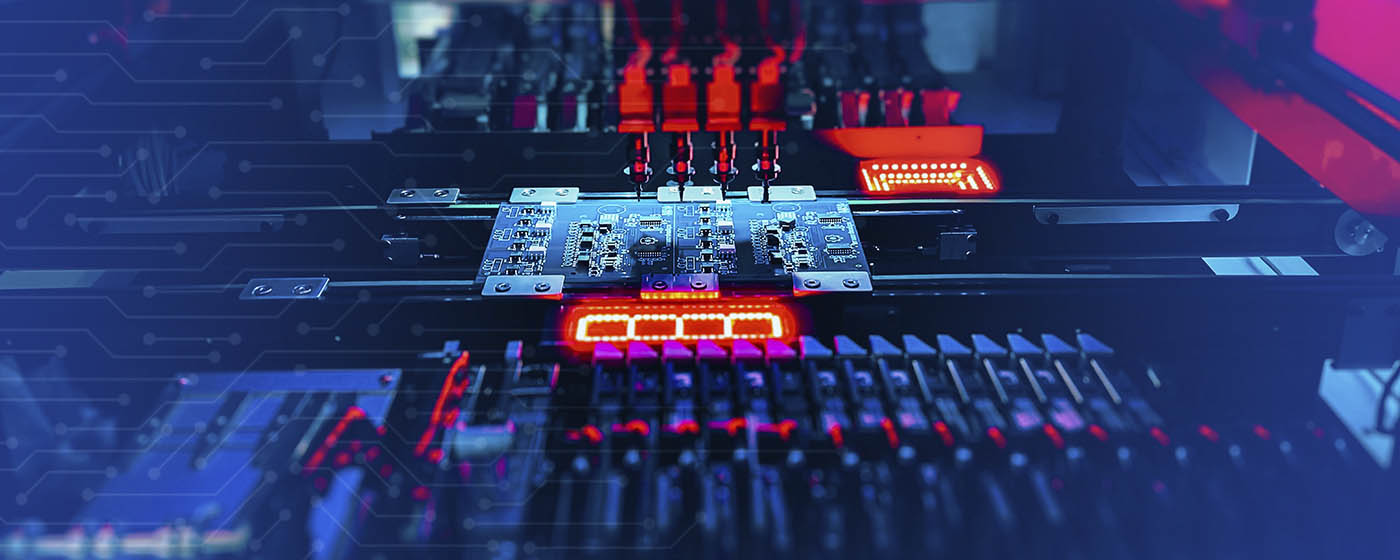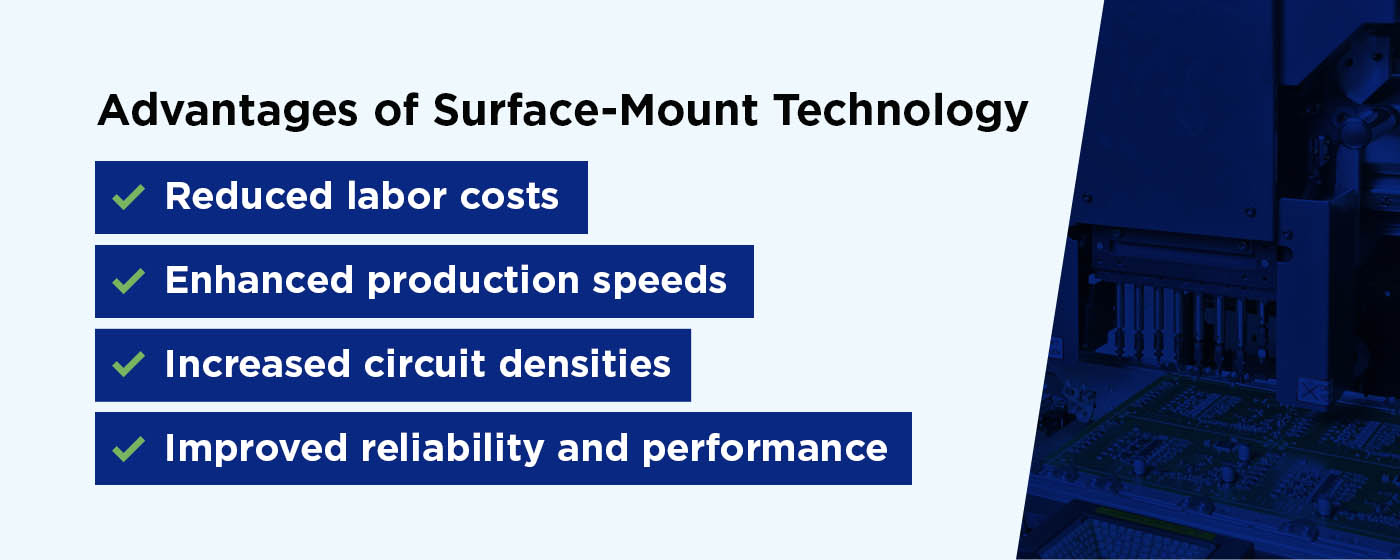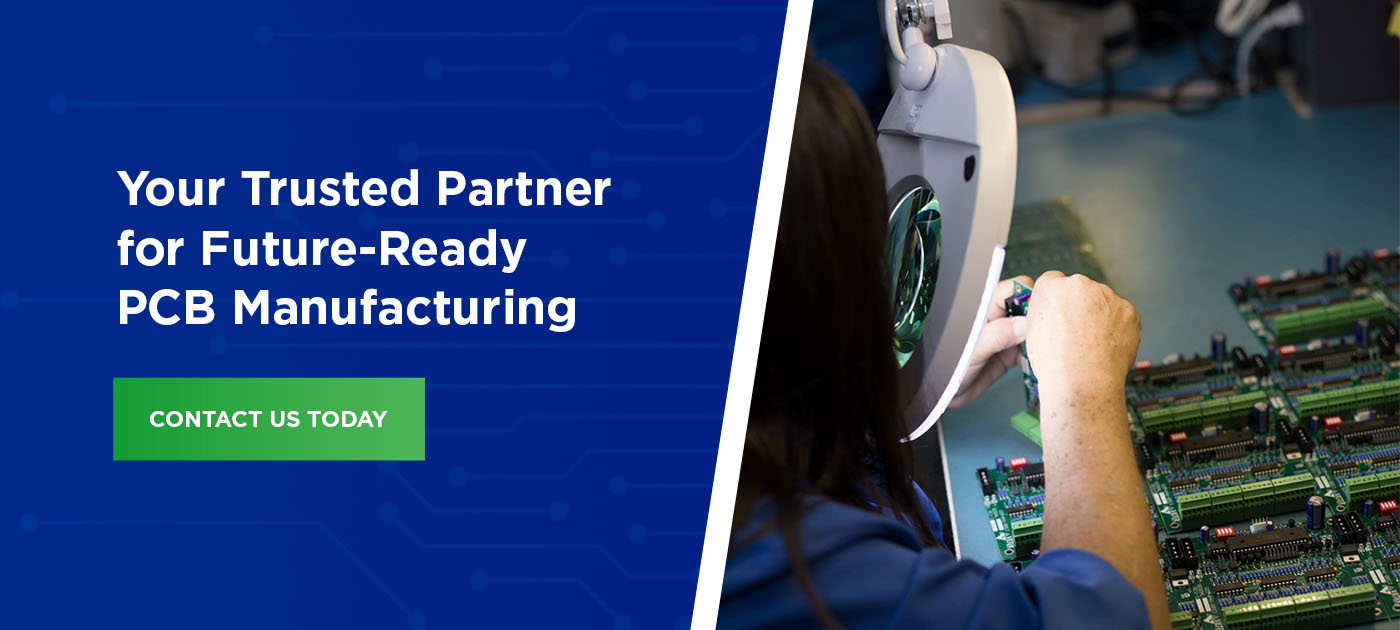

Surface-mount technology (SMT) has come a long way — from its humble beginnings in the 1960s to its crucial role in modern electronics today. The evolution of SMT has reshaped the landscape of assembly for printed circuit boards (PCBs). By exploring the origins and development of SMT, you can better understand its position in PCB design and how it will impact the industry’s future.
SMT first emerged in the 1960s as a method of assembling electronic components. Back then, SMT was known as “planar mounting.” This assembly method bolted the electronic components onto the surface of a printed circuit board.
Throughout the 1960s and 1970s, SMT saw several refinements, which led to widespread adoption. The shift from through-hole technology to SMT marked a turning point in electronics history. SMT shined with its efficiency, space-saving design and performance improvements. Several major technology companies adopted SMT during this transition, capitalizing on its potential to improve manufacturing processes for electronic components.
By the 1980s, SMT had become the preferred method for the PCB assembly process in many industries. During this time, pick-and-place (P&P) machines helped streamline the assembly process with precision. As SMT progressed, companies continued to invest in research and development to advance the technology. Their efforts resulted in advancements in miniaturization, component density and manufacturing efficiency.
Surface-mount devices (SMDs) and reflow soldering techniques have strengthened SMT’s role as the industry standard for electronic component assembly. By the end of the 20th century, SMT had become widely used in the electronics industry. SMTs were used to power everything from industrial machines to consumer devices.
Today, SMT plays a significant role in shaping PCB assembly processes. One trend in SMT is the push for miniaturization. Manufacturers aim to pack more functionality into smaller and sleeker devices. Key drivers of miniaturization include advancements in component design and manufacturing techniques. These drivers help produce compact electronic assemblies that deliver exceptional performance.
Another SMT trend is automation, which incorporates robotic P&P machines and automated soldering systems. These systems aim to streamline the assembly process. Automating repetitive tasks — such as component placement and solder paste application — can help manufacturers increase production efficiency and consistency. Benefits like these help manufacturers boost cost savings and improve quality control.
Additionally, combining SMT with other manufacturing methods, like 3D printing and additive manufacturing, creates new opportunities for design flexibility and customization. This integration allows manufacturers to develop complex electronic assemblies with intricate shapes and innovative features. Businesses cater to various markets with these capabilities.
Today, various industries — such as telecommunications, automotive and consumer electronics — use SMT. For example, telecommunications manufacturers use SMT to produce high-density circuit boards for mobile phones, routers and networking equipment. SMT enables faster communication and data transfer speeds. In the automotive industry, SMT is crucial for producing advanced driver assistance systems (ADAS), infotainment systems and vehicle electrification components. As such, SMT contributes to safe and more efficient vehicle development.
Despite SMT’s many advantages, the electronic industry still faces challenges, such as the cost and efficiency of circuit board assembly. Other challenges include the complexity of electronic component designs and the pressure for quicker time to market. Manufacturers must find a balance between cost, quality and reliability. Addressing these challenges requires ongoing investments in technology, process optimization and workforce training. Addressing these challenges ensures that SMT remains a competitive solution for electronic component assembly in the digital age.

Looking ahead, SMT will continue to shape the industry. One of the most exciting developments involves integrating SMT with advanced materials and manufacturing techniques. Some of the ways manufacturers can use SMT alongside PCB production include:
With these capabilities in mind, the future of SMT is filled with possibilities. By having a headstart and embracing these upcoming trends, manufacturers can continue to push the boundaries of what’s possible and deliver cutting-edge electronic devices.
SMT offers many advantages that have solidified its position in the electronic industry. The benefits include:

SMT’s evolution was a key part of the PCB industry, and it guides many of our processes today. At Electronic Manufacturing Services Group, Inc., our knowledgeable team understands SMT’s rich background in PCB manufacturing and can help you find the best production methods for your next project. With our PCB assembly services, you’ll also gain industry-leading expertise, top-notch customer satisfaction and our commitment to quality.
Contact EMSG online today to learn more about how we can elevate your electronic manufacturing processes and bring your vision to life.